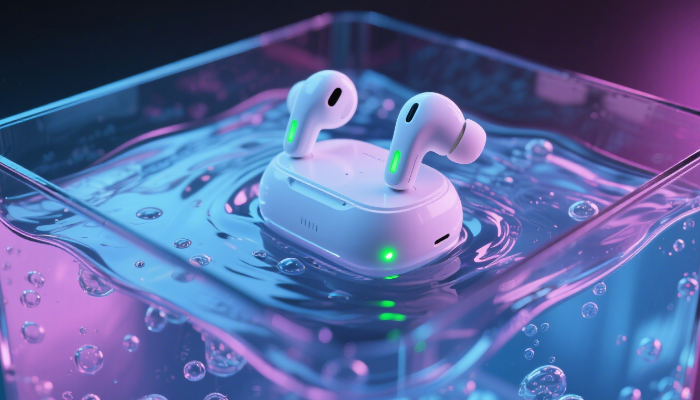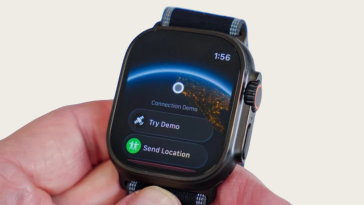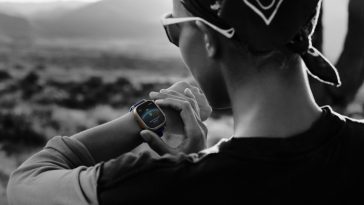In the age of wireless audio, users expect their headphones to withstand not just sweat, but rain, accidental drops in water, and even full submersion. The leap from basic sweat resistance to true waterproofing is powered by nanocoating technology. This article dives deep into how nanocoatings are revolutionizing headphone durability, focusing on their application to circuit boards and acoustic meshes.
What Is Nanocoating?
Nanocoating refers to the application of ultra-thin, often invisible, protective layers at the nanometer scale. These coatings are engineered to be hydrophobic (water-repellent) and oleophobic (oil-repellent), forming a barrier that shields sensitive electronic components from moisture, corrosion, and contaminants12.
Key Properties
- Ultra-thin and uniform: Nanocoatings are measured in nanometers, ensuring even coverage of complex 3D structures without affecting performance1.
- Hydrophobic and oleophobic: Repel water, sweat, and oils, preventing corrosion and short circuits.
- Flexible and robust: Maintain protection without cracking or peeling, even on flexible or moving parts.
- No masking required: Unlike traditional conformal coatings, nanocoatings are so thin that connectors and sensitive areas often do not need to be masked, streamlining manufacturing2.
Nanocoating on Circuit Boards: The Heart of Waterproofing
The printed circuit board (PCB) is the brain of any headphone. Moisture intrusion can cause corrosion, short circuits, and device failure. Nanocoatings provide a revolutionary solution:
How Nanocoatings Protect PCBs
- Complete barrier: Nanocoatings form a continuous, pinhole-free layer over all PCB surfaces, blocking water and humidity from reaching the circuitry2.
- Corrosion resistance: By preventing water and corrosive ions from reaching metal traces, nanocoatings drastically reduce corrosion risk.
- Minimal impact on performance: The nano-thickness ensures that electrical properties, heat dissipation, and signal integrity remain unaffected1.
Real-World Application
Manufacturers like NanoFlowX have demonstrated that a simple dip-and-cure process can render PCBs inside headphones fully waterproof, achieving protection ratings up to IP68—meaning the device can survive prolonged submersion in water. This technology is already being used in leading wireless earbuds to protect against sweat, rain, and accidental immersion3.
Nanocoating for Acoustic Mesh: Protecting the Sound
The acoustic mesh (or sound-permeable mesh) is a critical component that allows sound to pass while blocking dust and water. However, traditional meshes can become clogged or fail when exposed to moisture.
Nano-Enhanced Acoustic Mesh
- Nanofiber coatings: Applying nanocoatings to the mesh creates a surface that repels water droplets while allowing air and sound waves to pass through with minimal distortion45.
- Maintaining acoustic transparency: Nano-engineered meshes can be tuned to balance water resistance and sound quality, ensuring that waterproofing does not degrade audio performance5.
- Self-cleaning properties: Some nanocoatings also prevent dust and earwax from adhering, keeping the mesh clear and the sound crisp2.
Advanced Materials
Recent advances include the use of carbon nanotubes and polymer nanofibers in acoustic meshes, which enhance both waterproofing and sound absorption. These materials can be engineered for optimal pore size and structure, maximizing both protection and audio fidelity45.
From Sweatproof to Underwater: The Future of Headphone Durability
With nanocoating technology, headphones are no longer limited to resisting sweat. They can now:
- Survive accidental drops in pools or sinks.
- Be used in heavy rain or humid environments without risk.
- Achieve IP68 waterproof ratings, enabling use during swimming or water sports.
This transformation is not just about convenience—it’s about extending product lifespan, reducing e-waste, and unlocking new use cases for audio devices.
Conclusion
Nanocoating technology is redefining what it means for headphones to be “waterproof.” By deeply integrating these coatings into both circuit boards and acoustic meshes, manufacturers are able to deliver devices that are not just sweat-resistant, but capable of “breathing underwater.” As research continues, we can expect even more robust, invisible, and acoustically transparent protection for the next generation of audio devices.
- https://scscoatings.com/newsroom/blog/nanocoatings-for-electronics/
- https://www.conformalcoating.co.uk/materials/nano-coatings/
- https://www.youtube.com/watch?v=4xswiKcPCFg
- https://www.nanomuscle.com/revolutionizing-soundproofing-acoustic-insulation-explained/
- https://arc.aiaa.org/doi/10.2514/6.2022-1022





 No products in the cart.
No products in the cart.